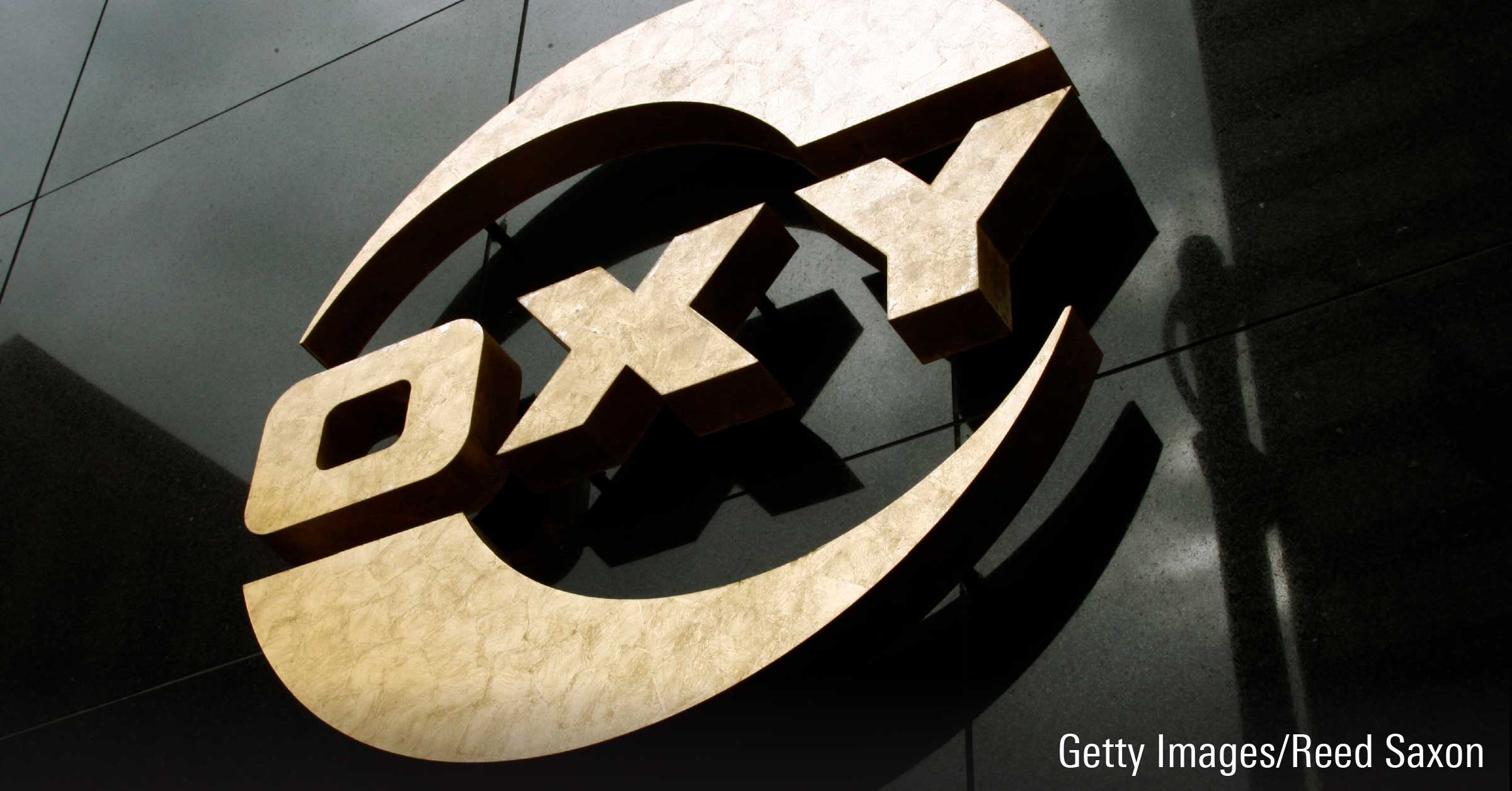Narrow-moat Bank of Nova Scotia (BNS), or Scotiabank, reported decent fiscal third-quarter results. The bank announced a $402 million charge related to its exit from Puerto Rico, however, the bank’s exit from this geography as well as the U.S. Virgin Islands should help reduce outstanding impaired loans by 10% and will boost the bank’s capital levels by roughly 50 basis points. Overall, we view the geographic de-risking the bank is undertaking as a positive. On an adjusted basis, revenue was up 11% (5% excluding acquisitions and accounting changes), expenses were up 11% (4% excluding), and earnings per share increased 7%. As expected, the growth in provisioning has subsided, coming in at $713 million for the quarter, down from the $873 million we saw last quarter following several acquisitions. Management also provided an update on its 2020 targets, stating that the latest string of acquisitions should now contribute slightly more to EPS than the previous estimate of $0.15 per share for 2020. Current results do not fundamentally alter our long-term outlook for the bank, and we do not plan any material changes to our fair value estimate of $77 per share.
The Canadian banking segment saw positive operating leverage on adjusted revenue growth of 5% and expense growth of 4%, and provisioning started to retreat a bit compared with last quarter’s results. Adjusted net income was up roughly 3%. International banking again had a lot of noise due to the acquisitions. Adjusted net income was up 11%, although the net interest margin dropped to 4.45%. Margin compression in Mexico and changes in mix (increasing wholesale) played a role. Management still believes it can keep this margin at 4.4% or higher. The global banking and markets segment saw revenue decline 2% year over year, and increasing expenses caused net income to decline 15%. Expenses were flat quarter over quarter, as increased regulatory expenses have largely fed through the run rate.
Net charge-offs remained roughly steady at 50 basis points for the quarter, while the PCL ratio for the whole bank improved quarter over quarter to 48 basis points. Delinquency rates were essentially steady for the Canadian portfolio, with improvements even occurring for the credit card book. The international portfolio saw delinquencies stay close to the 3.3% level that we have seen for many quarters now. With the bank shifting more of its portfolio to the international segment, bank-wide PCL’s and charge-offs have increased, but aside from the mix effects, most metrics look relatively stable. Again, we like that the bank is deciding to de-risk via its latest divestitures and that it will hold higher capital levels, closer to an 11.5% common equity Tier 1 ratio.



















